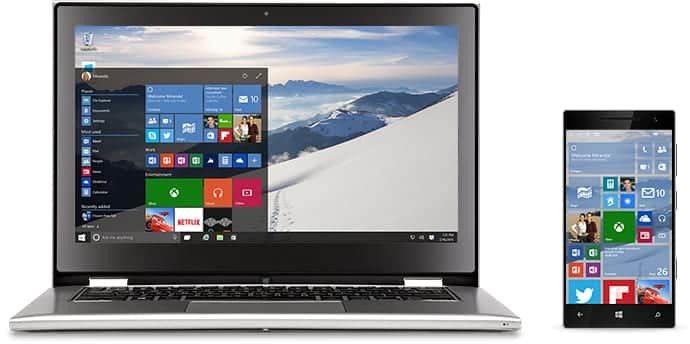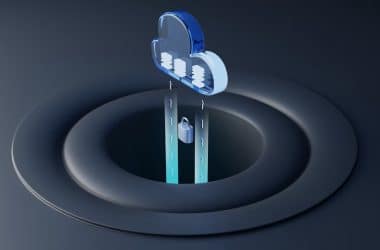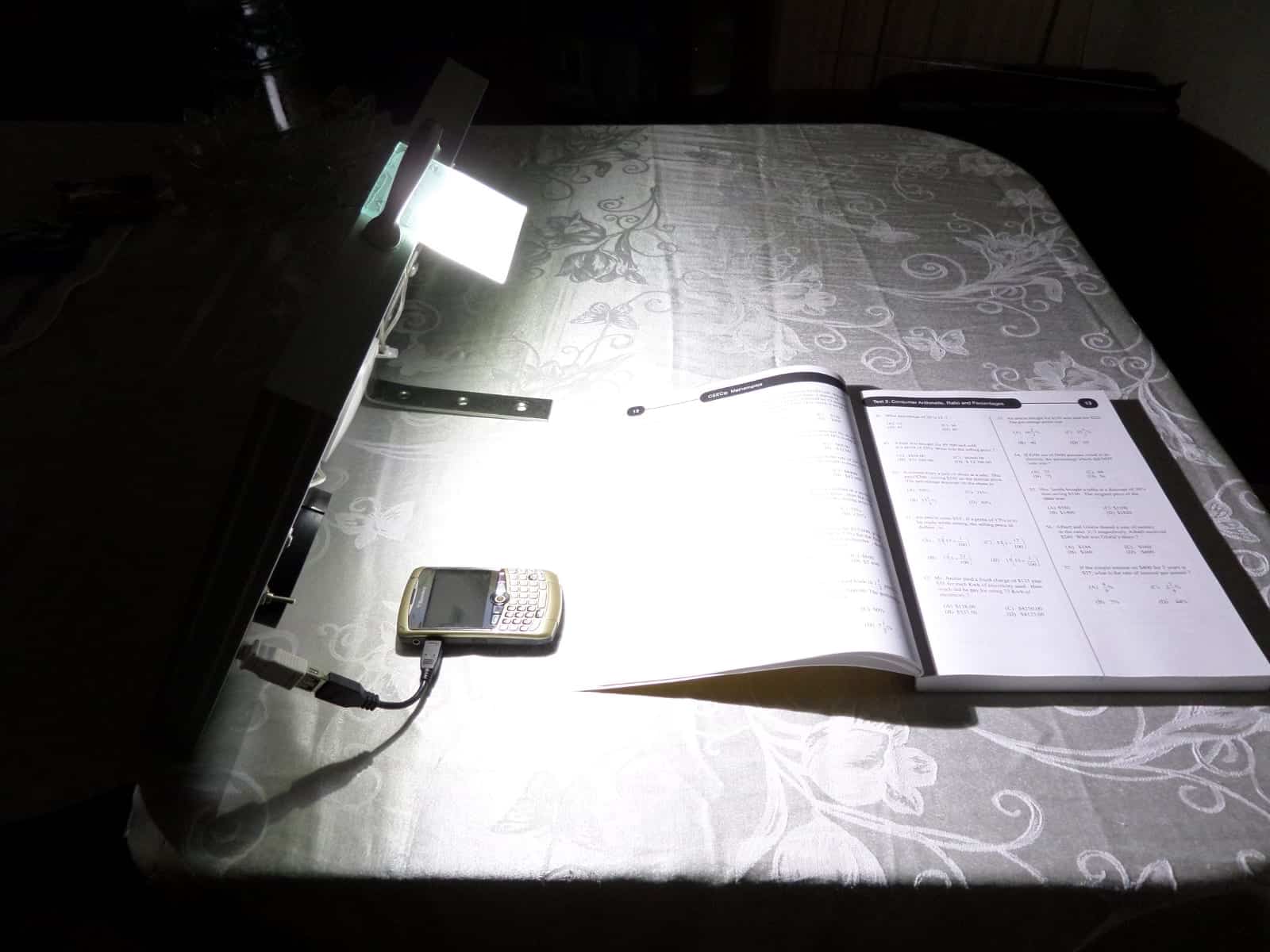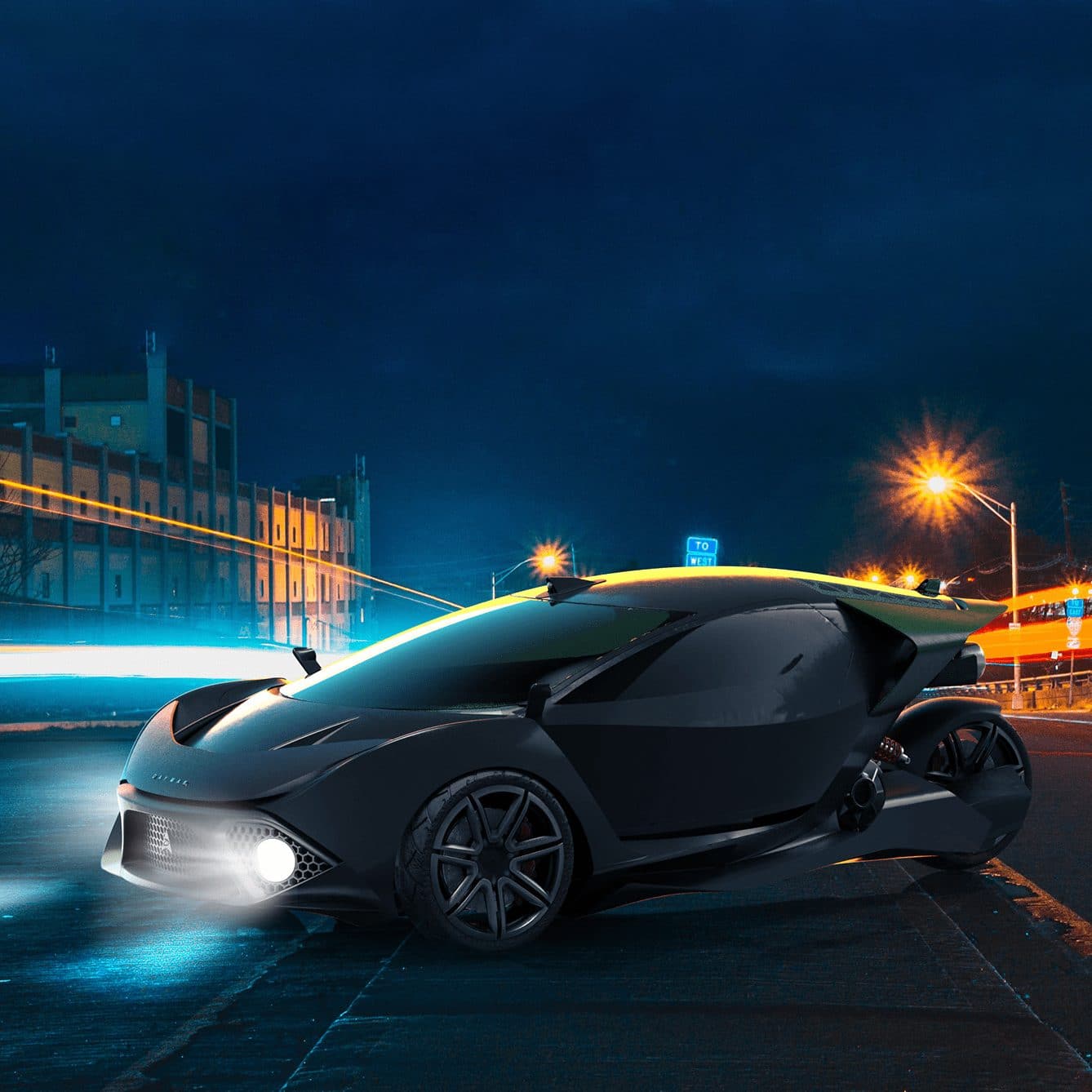IBM researchers in India discovered that 70% of discarded laptop batteries have enough capacity to power an LED light bulb for 4 hours per day for a year. This is due to the fact that laptops lose their portability long before their batteries are completely dead (their battery life becomes unacceptably short), so they are discarded early. Conventional laptop batteries have capacities (when new) ranging from 40 Wh to almost 100 Wh.

Image Credit: Kompulsa.
If a 40 Wh laptop battery’s capacity decreases by 75%, it will still have 10 Wh, which can power a 3 watt LED for 3 hours (285 lumens, which is enough for a lamp to get homework done). That 3 watt LED can produce as much light as a 25-watt incandescent bulb at an efficiency of 95 lumens per watt, which is common for today’s LEDs. That can light a room. It won’t be bright, but it is very helpful.
This is particularly useful because batteries are the most costly part of battery-powered lighting systems. Hundreds of millions of people worldwide do not have access to electricity. These could help facilitate the donation of solar lights for free. This doesn’t compromise the efficacy of solar lights in any way. These discarded batteries actually have a greater capacity than some solar light batteries (because they are much larger).
I’ve Tried This, And Would Highly Recommend It
I built a solar lamp using a 13 year-old laptop battery (shown in the image above), and it is bright enough (brighter than a 25 watt incandescent light bulb). It lasts two nights per charge. For those willing to replace the charge control circuitry in laptop battery packs, there is an opportunity for you. Some laptop batteries die because the circuitry malfunctioned, but the internal lithium-ion cells are still usable.
According to Technology Review:
The IBM group, working with a hardware R&D firm called RadioStudio, tore open discarded laptop battery packaging and extracted individual storage units called cells, tested those individually to pick out the good ones, and recombined them to form refurbished battery packs. Then, after adding charging dongles as well as circuitry to prevent overheating, they gave them to five users in Bangalore who lived in slums or operated sidewalk carts.
Three months later, the users said that the batteries worked well. This is one of the most environmentally sound ways to recycle and help the energy-poor.
Source: Technology Review.







